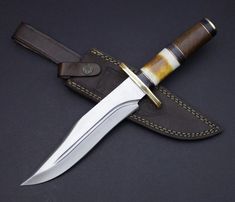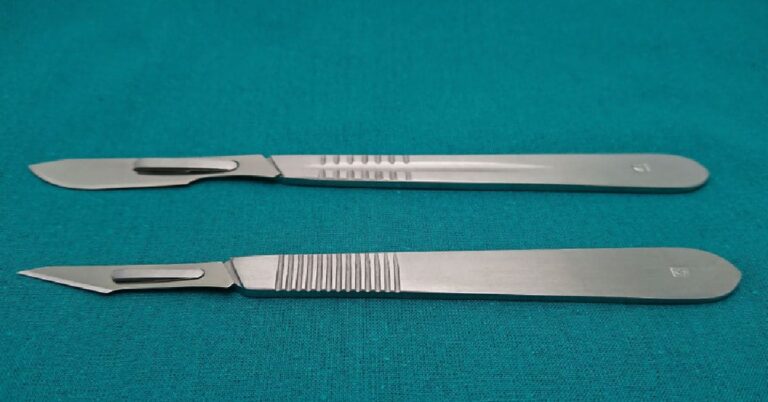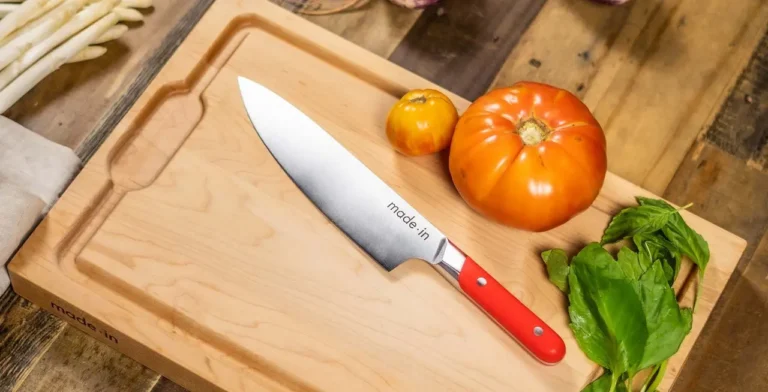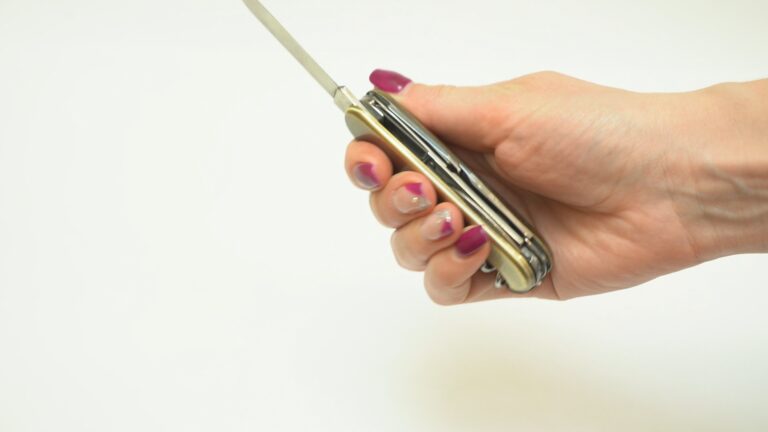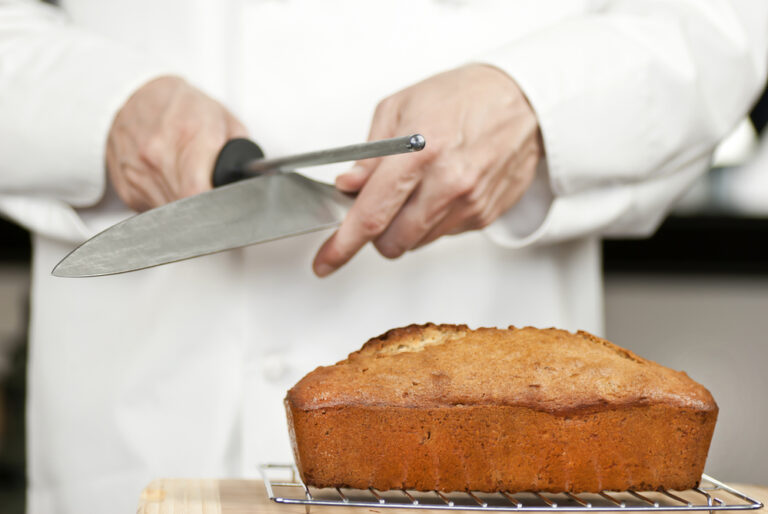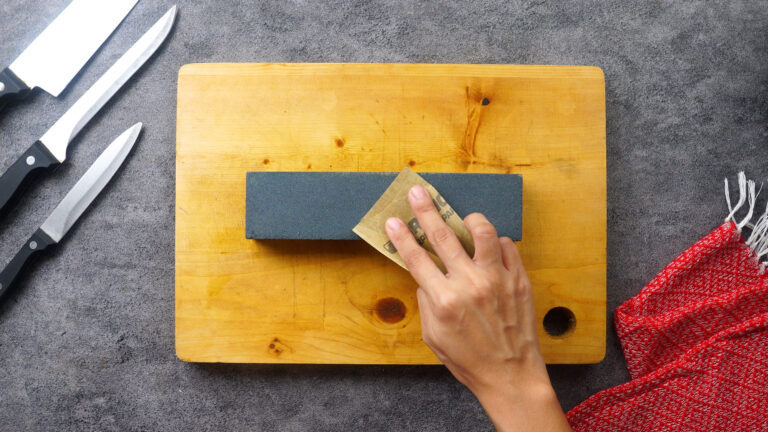What is a Paring Knife and How Do You Use it?
A Paring Knife is a must-have tool in every kitchen due to its versatility and precision. It has a short, non-serrated blade, perfect for intricate tasks like dicing shallots or delicately peeling apples.
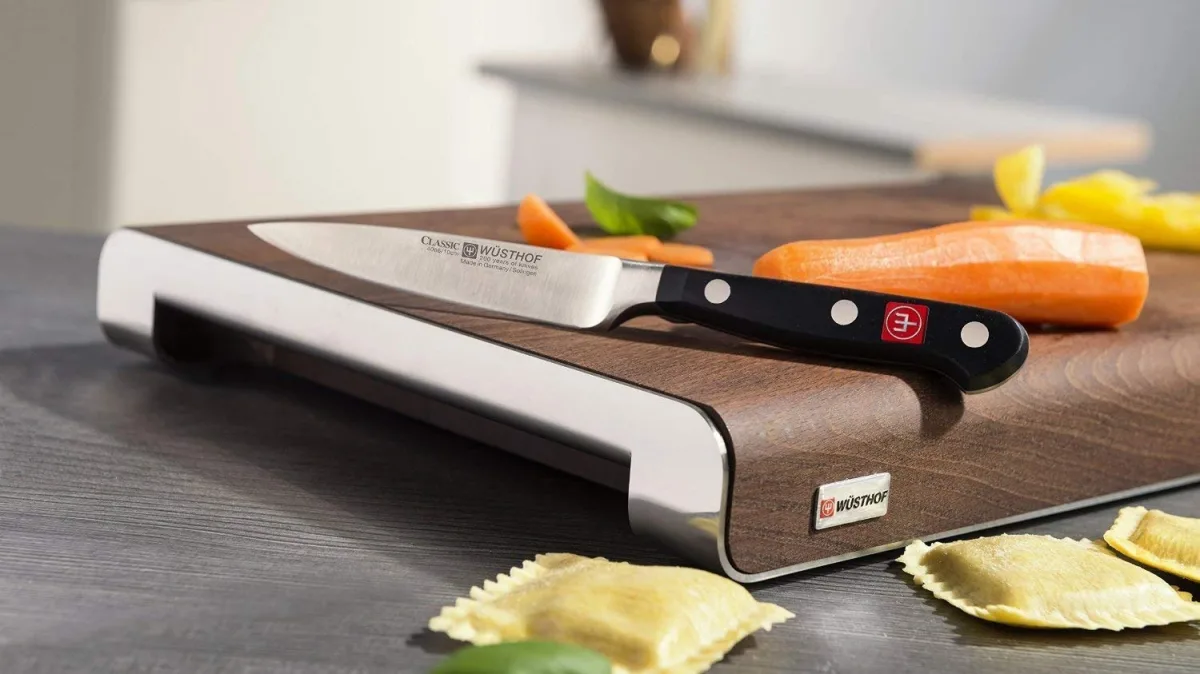
Often underestimated, a Paring Knife can handle many tasks just like a Chef Knife but excels in specific situations. So, what exactly is a Paring Knife? It’s a small knife under 8 inches in total length, resembling a miniature Chef Knife. Its blade is 4 inches long, making it ideal for handling smaller kitchen jobs, such as cutting small veggies, peeling fruits, or slicing tricky ingredients.
Uses of a Paring Knife
The paring knife is the kitchen knife to reach for when other knives seem too big for the level of detail the ingredient requires. Now, let’s explore the various uses of a Paring Knife:
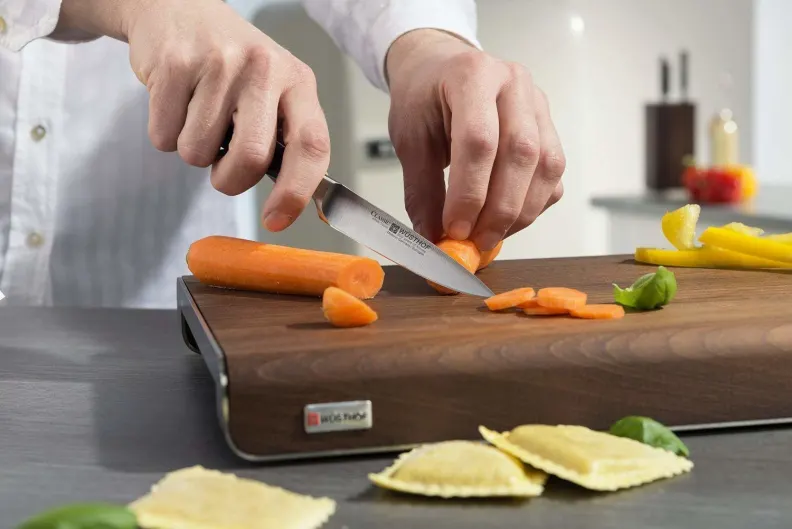
Peeling and Trimming
A paring knife serves as a versatile alternative to a vegetable peeler when it comes to peeling and trimming various fruits and vegetables. To wield it effectively, grip the handle firmly with your fingers, ensuring the cutting edge faces you. Hold the ingredient securely with your non-dominant hand, keeping your index finger away from the blade’s path. If needed, use a cutting board to support items like carrots.
With gentle pressure, guide the blade towards yourself while steadying the ingredient with your thumb. As you commence peeling, the blade effortlessly glides through the item. Continue working in the direction toward your body, adjusting the ingredient’s orientation as necessary to remove all the peel.
Paring knives shine when it comes to tasks such as coring or peeling fruits like apples and citrus, as well as removing garlic and onion peels, trimming radish roots, and cleaning radish stems. They’re also perfect for delicately removing the outer layer from mushrooms and asparagus stems, hulling strawberries, and tidying up fresh beans. If you frequently work with vegetables in your kitchen, a classic paring knife should be a staple in your knife collection.
Slicing and Dicing
While a paring knife can’t replace specialized knives like carving or fillet knives, a high-quality blade offers impressive versatility for tasks like slicing, dicing, and mincing ingredients such as shallots and garlic cloves. While we don’t recommend twisting the blade, the straight edge of a small paring knife excels at breaking up hard cheeses like parmesan.
Additionally, a high-quality Japanese paring knife is a superb choice for creating garnishes from citrus fruits, removing zest, and segmenting citrus into supremes.
De-veining Shrimp and Other Seafood
Paring knives are invaluable for seafood preparation. The pointed tip effortlessly slides under the vein of the shrimp, allowing you to remove it without puncturing the shrimp’s shell. The small blade also proves handy for cleaning and portioning scallops, clams, oysters, and various other shellfish.
Preparing Herbs
For herb preparation, a paring knife proves its worth. It’s an excellent tool for separating leaves from woody stems, especially with herbs like thyme or rosemary. Additionally, it simplifies the task of removing the leafy portions from herbs like tarragon, basil, and parsley.
Coring
You can use the Paring Knife for coring, which means removing seeds or undesired material from fruits, nuts, or vegetables. For example, to core an apple, slice around the stem in a circular motion and push the core out.
Hulling
Hulling, often done with strawberries, involves removing the inedible top. Grip the Paring Knife high up on the blade and insert it just below the stem, carving out the top in a cone shape.
Scoring
Scoring meat or bread is easier with a Paring Knife’s precision. It allows steam to escape when baking bread and can be used to create patterns. Scoring meat enhances the Maillard reaction and allows aromatics like ginger or garlic to infuse.
Segmenting
When segmenting citrus, a sharp pairing knife is essential. Remove the peel and white pith, then cut along either side of the membrane to get clean fruit segments.
Selecting the Right Paring Knife
When it comes to choosing a paring knife, certain factors that typically weigh in when selecting other knives, such as blade angle, knife length, weight, steel type, hardness, handle type, and price, aren’t as critical. Paring knives generally share a balanced 50/50 design with minimal length and handle variations.
However, there are some shape variations to consider, like the bird’s beak paring knife. This particular knife features a curved blade that’s perfect for tasks like turning mushrooms and potatoes in traditional French preparations.
Blade Material
One of the primary considerations when choosing a paring knife is the blade material. You’ll need to decide whether you prefer a carbon steel blade, which can achieve exceptional sharpness but may be susceptible to oxidation or rust, or a high-quality stainless or semi-stainless steel. Japanese-made stainless steel knives, in particular, tend to offer long-lasting sharpness.
Blade Length
In the realm of paring knives, there isn’t a wide range of blade lengths to choose from. Typically, these knives are compact, with lengths generally not exceeding 4 inches. If you find yourself in need of a longer blade, consider opting for a petty knife instead.
Maintaining Sharpness
To keep your paring knife or any Japanese knife sharp, using a whetstone is essential. You can explore our comprehensive guide on how to sharpen a Japanese knife in our “Ultimate Guide to Sharpening a Japanese Knife.” When selecting a paring knife, focus on the blade material, as it impacts sharpness and maintenance. Blade length variations are minimal, and maintaining a sharp edge is crucial for precision in your culinary tasks.

Mastering the Grip of a Paring Knife
Getting the hang of holding a Paring Knife is akin to wielding any other knife skillfully. Generally, aim for a grip that’s relaxed yet sturdy, preventing the knife from slipping. Here’s a breakdown:
Firm and Relaxed Grip
Start with a grip that’s both firm and relaxed. This balance ensures you have control without exerting unnecessary force. You don’t want to tire your hand quickly.
Thumb Placement
Position your thumb on the flat side of the blade, near the handle. This thumb placement serves as a pivot point and provides stability.
Versatility in Grip
Recognize that a pairing knife offers versatility. Sometimes, you’ll need to shift your grip further up the blade to execute specific techniques. Be adaptable and comfortable with different hand positions to maximize control over your knife.
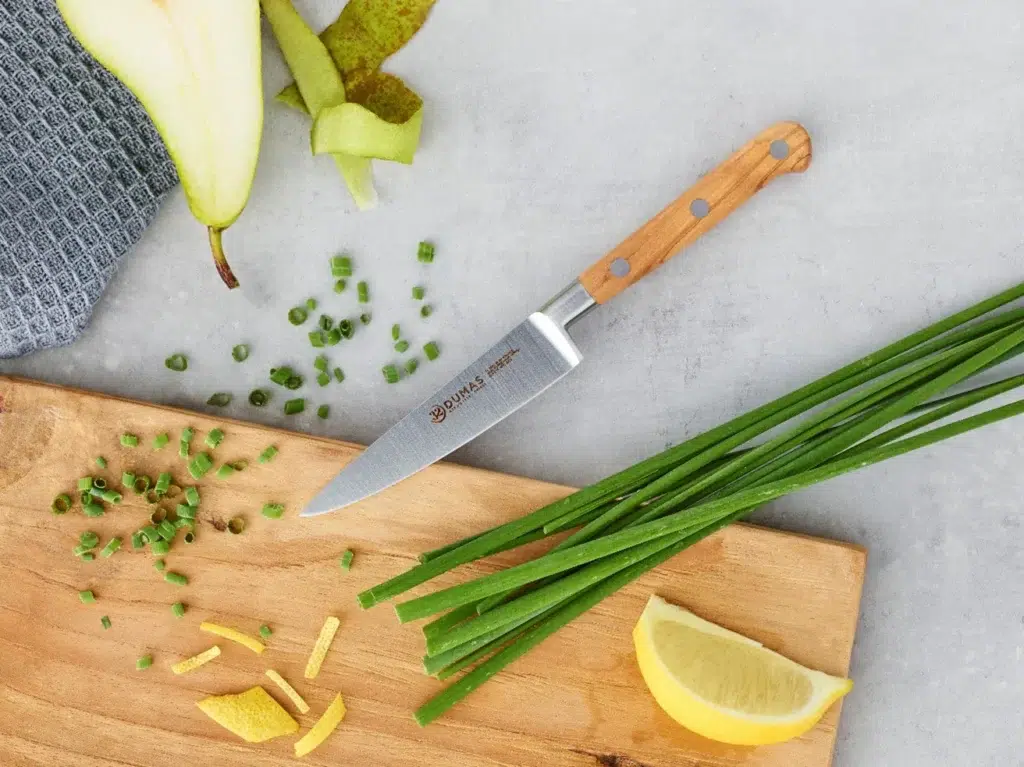
Final Words
In summary, the Paring Knife is an indispensable tool in the culinary realm, with its small yet versatile design, sharp blade, and adaptability. From precise peeling and coring to intricate slicing and scoring, it excels where larger knives fall short.
Selecting the right pairing knife involves straight forward considerations such as blade material and length, while maintenance through regular sharpening is crucial for optimal performance. Mastering the grip ensures precision and control in various culinary tasks. Despite its unassuming size, the Paring Knife leaves an indelible mark on the art of cooking, enhancing the quality of dishes prepared in kitchens worldwide.

